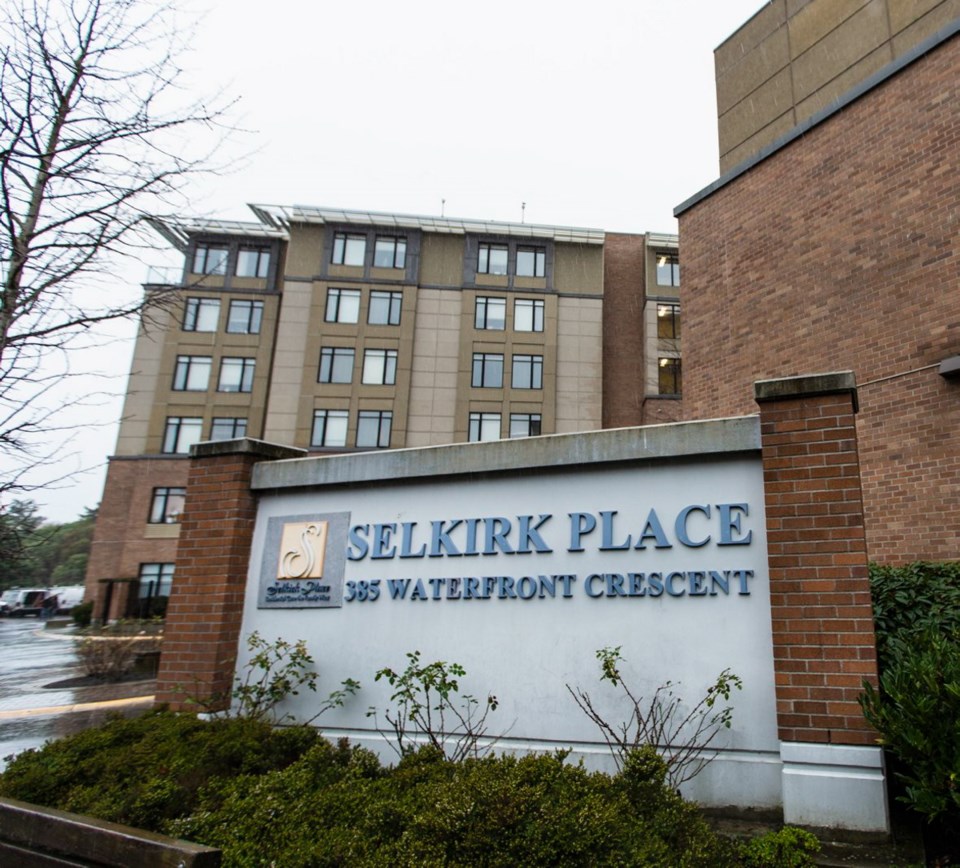B.C. NDP leader John Horgan has promised to phase out for-profit long-term care homes across the province. He wants to introduce a fully public system over time.
Horgan has some legitimate points to raise. Over the last year, three private facilities on Vancouver Island were temporarily taken over by Island Health because of inadequate staffing ratios and unfilled management positions.
The facilities are owned by Retirement Concepts, a subsidiary of the state-backed Chinese firm Anbang Insurance Group. A fourth facility also owned by the same company was subsequently taken over by Interior Health.
One problem lies in the business model employed by for-profit operators. Where possible, they look for affluent residents who are willing to pay more than public facilities charge, in exchange for higher quality services.
However, most residents can’t afford these rates, so private facilities also contract with local health authorities to house lower-income residents. And the contracts stipulate that the price charged these residents cannot be more than public facilities are allowed to set.
But that puts pressure on the owners to economize in order to meet their profit margins. Arguably that affects quality of care.
That said, there are reasons for caution. First, while there have been instances of sub-standard care, COVID-19 deaths in B.C.’s for-profit facilities are no higher than in publicly owned facilities.
Then again, of the roughly 28,000 long-term care beds in B.C., around one-third are in private hands. It would place an immense drain on the provincial treasury to purchase all those beds, supposing the owners were willing to sell.
And it is by no means certain they would be willing. They might prefer to convert their buildings to condominiums or other commercial space.
More important, the Conference Board of Canada projects that by 2040, B.C. will need an additional 30,000 long-term care beds to keep up with our aging population. Can the province meet that need without help from the private sector?
There are better solutions available. First, long-term care should be a last resort. If we did a better job of providing home-based care, we wouldn’t need to build all of those those extra 30,000 beds.
Second, private care homes sign contracts with local health authorities, promising to meet certain care standards.
These include staffing ratios, appropriate hygiene, and so on. During the COVID outbreak, there is also a ban on staff working at more than one facility, to prevent spreading of the virus.
In the care homes taken over by Island Health, some of those standards were not being met. This came to light when local medical health officers inspected the facility and found discrepancies.
It is well within the resource capacity of health authorities to expand these inspections in the form of random audits.
If problems are found, remediation orders can be issued, backed by a threat to cancel the company’s licence.
That is to say, the tools already exist, or can be put in place, to bring for-profit facilities into compliance with appropriate standards of care.
There is perhaps one outstanding issue to consider. Retirement Concepts is owned by an offshore firm with extensive endeavours in numerous industries. B.C. is nowhere on their radar screen.
This situation came about because, in 2017, the federal government approved the sale of Retirement Concepts to Anbang.
That was, by any measure, a mistake. A service as delicate and sensitive as direct personal care for elderly residents should never be contracted out to an absentee landlord.
If Horgan wants to reduce the presence of for-profit ownership, that is where he should focus.
But there is a more immediate change he needs to make. In 2019, according to the B.C. seniors advocate, only 30 per cent of publicly operated long-term care facilities met the recommended staffing guideline.
While that was an improvement over the previous year, there’s an element of hypocrisy in damning private operators, when 70 per cent of public facilities are failing to provide the required level of care.
In short, while the premier has said that ideology is not a factor in his decision, neither, it would appear, is practicality.



